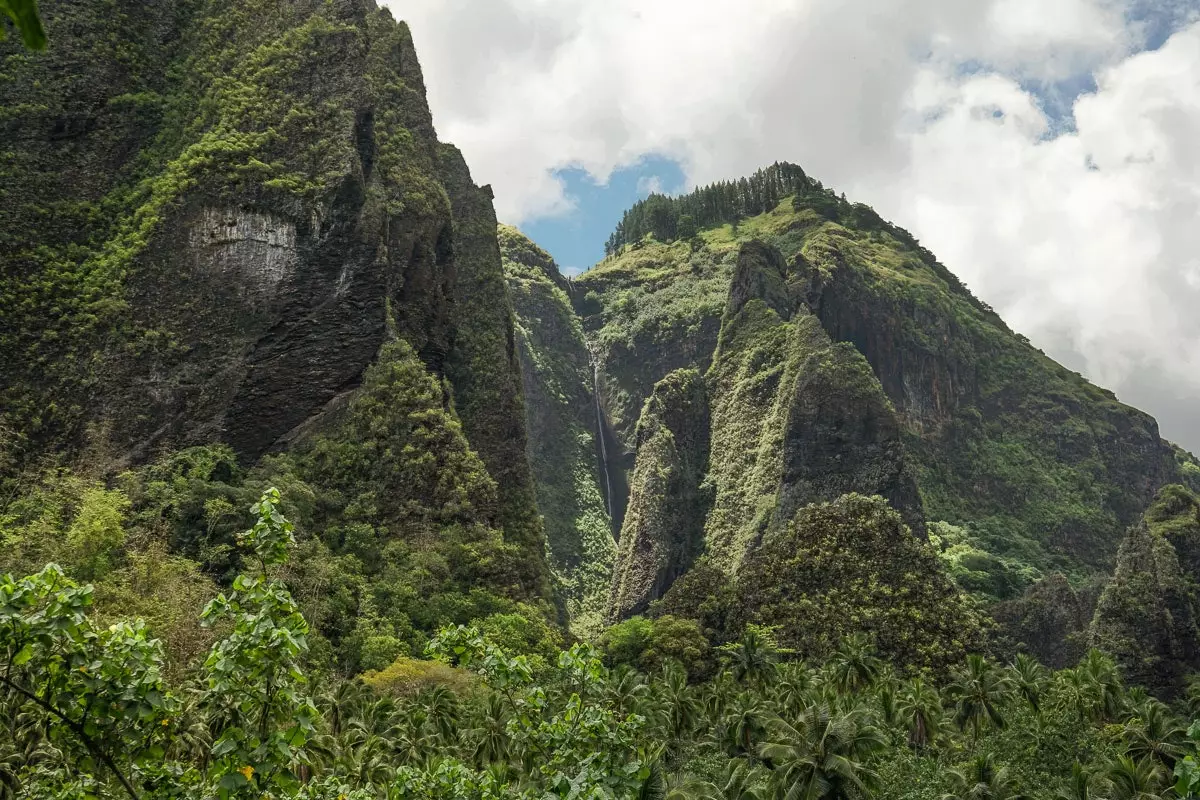
Nuku Hiva
when the writer Robert Louis Stevenson touched the islands of the Pacific Ocean for the first time, he immortalized his experience with words that would transcend the passing of centuries: " the first experience can never be repeated. The first love, the first sunrise, the first island in the South Seas, they are memories apart, and they influence a virgin feeling". This is the way in which the Scottish author described that moment in his work In the South Seas, one of the great classics of travel literature.
That first island to which Stevenson referred was Nuku Hiva , in the Marquesas archipelago, a place that he explored with the eyes of an anthropologist and that even today it remains a complete unknown to many travellers.
FASCINATION FOR THE LAND OF MEN
More than four centuries have passed since the Spanish navigator Alvaro de Mendana found a group of islands never before sighted by European ships. The name he chose for them was Marquesas Islands in honor of his patron, the Viceroy of Peru García Hurtado de Mendoza, Marquis of Cañete.
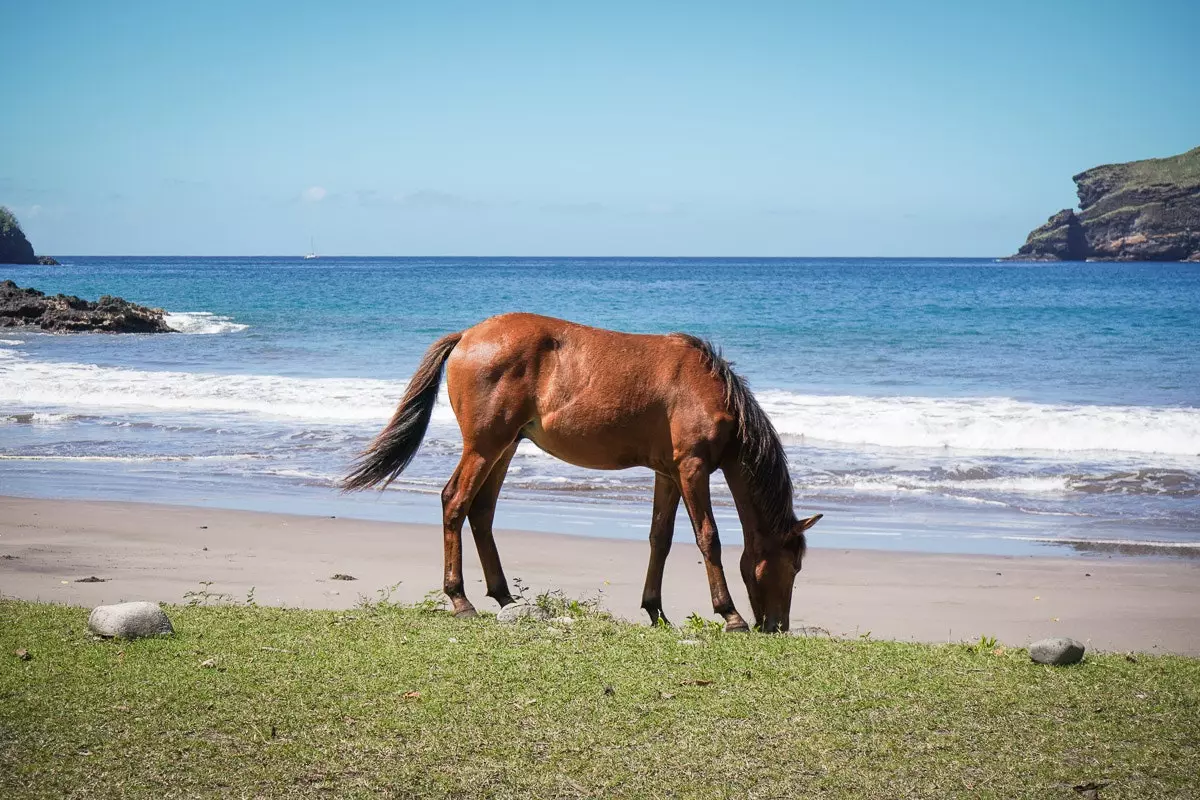
Marquesas Islands or the Polynesian paradise
That was the moment when Tea Fenua Henata – The Land of Men in the Marquesian language – first appeared on maps. Nevertheless, the Marquesas had already been discovered several centuries before , around the years 1000-1200 AD , in charge of the Polynesian sailors coming from Samoa or the central islands of the Society archipelago.
The Marquesas Islands have been the object of desire for numerous western artists s, eager to find more wild and authentic places. This was the case of the aforementioned Stevenson, the also writer Jack London or the painter Paul Gauguin , whose remains rest in Atuona, the capital of Hiva Oa , the second largest island in the archipelago. However, they all owe their curiosity about the Marquesas to the American writer Herman Melville , the first to capture them in an artistic work.
the author of Moby-Dick he arrived in the Marquesas in 1842 – coinciding with the date that France took possession of the archipelago – in the least glamorous way possible: aboard a whaling ship and with the intention of escaping from its maritime confinement at the first opportunity.
As chance would have it, that first island was Nuku Hiva, where he spent three weeks before changing his mind and boarding another whaling ship. His first novel was born from his experience, Taipei, a work where he narrated, with more fiction than reality, the days of captivity with the tribe of the "cannibal valley" of Taipi, as he called himself.
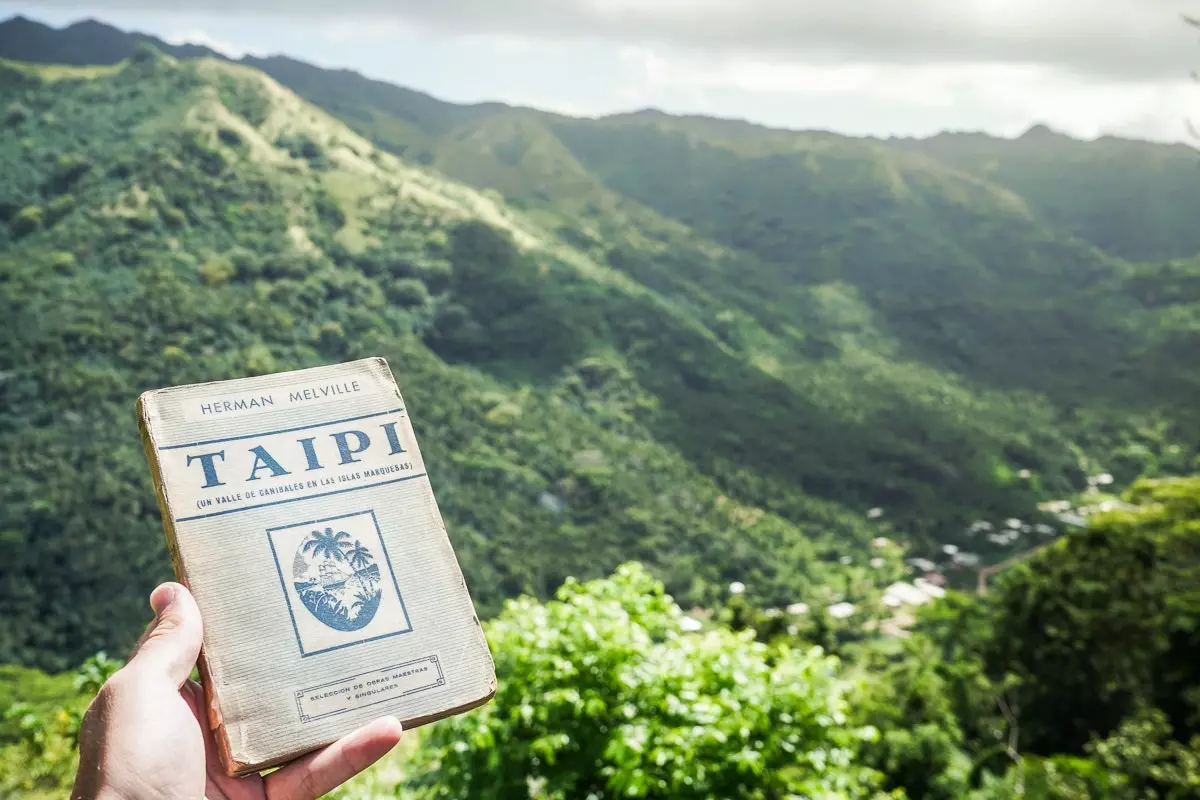
The work of Herman Melville
That cannibalism of which Melville speaks - which was practiced only in times of war and with the most powerful adversary combatants with the aim of acquiring their mana, his vital power - it was practically gone in most of the **French Polynesian archipelagos** by the time Stevenson set foot on Nuku Hiva in the early 1890s.
This situation arose as a result of the influence of the catholic Missionaries, that began to expand throughout the Pacific from the end of the 18th century, and from the new French “owners”, who prohibited many of the native cultural practices – among which was the tattoo, the dances or haka or the carving of the tikis or human statues –.
Jack London talked about it in one of his Tales from the South Seas : "They came like lambs and with good words. There were two kinds of them. Some asked permission to preach the word of God. Others asked permission to trade. That was the beginning. Today all the islands are theirs. The lands, the herds , everything belongs to her. preached the word of God and those who preached the word of rum They've come together and become bosses."
Currently, and despite the strong French and Catholic influence throughout the territory, the Marquesas is one of the archipelagos where the ancestral culture still remains most latent in all of French Polynesia.
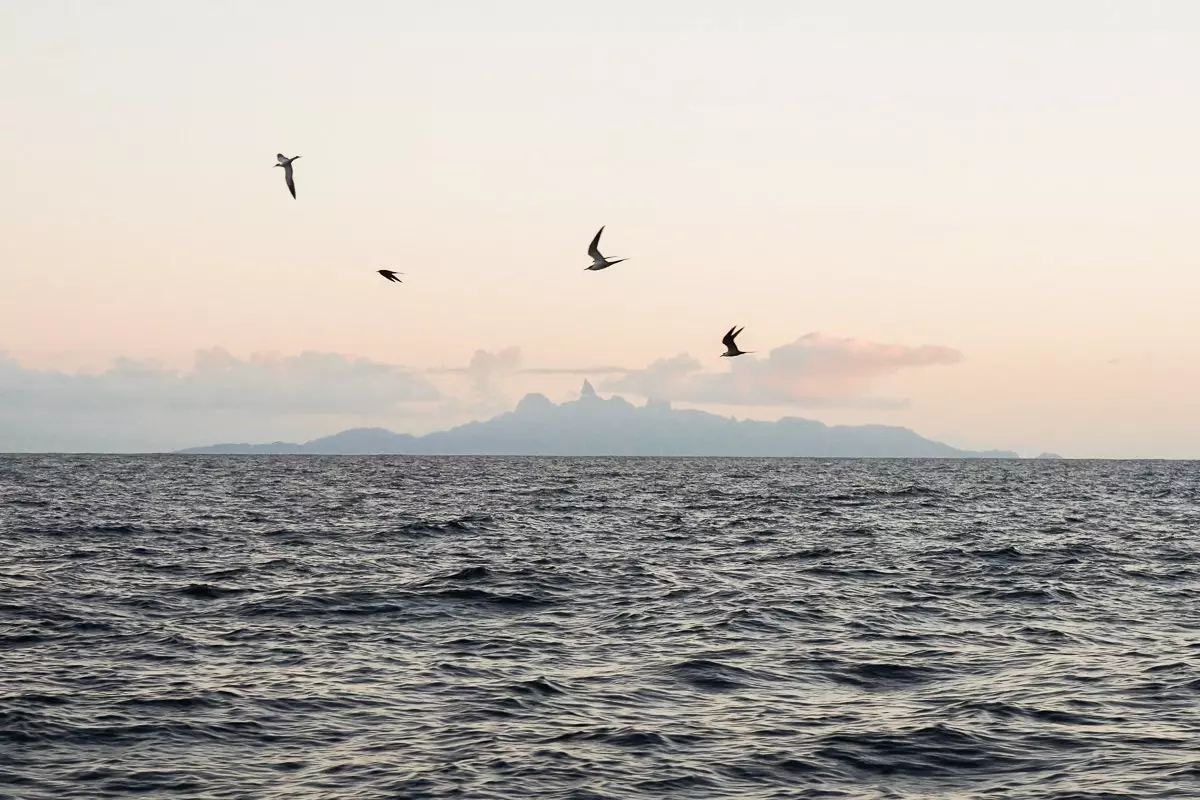
Ua Pou
from the capital, Nuku Hiva , until Fatu Hiva , the furthest of all, the remains of their culture can be found scattered throughout a wild and mountainous territory that is nothing like the calm turquoise lagoons of ** Bora Bora or the atolls of the Tuamotu .**
MARQUESAS ISLANDS, CULTURAL AND WILD PARADISE
The volcanic archipelago of the Marquesas breaks with the cliché of “dream island of the South Seas” of white sand beaches and azure blue lagoons. Due to the fact that its islands are devoid of a coral ring -which is responsible for landscapes such as that of the island of Bora Bora-, the Marquesian coast is fully exposed to the Pacific Ocean , which gives rise to a rugged panorama full of bays, cliffs and black sand beaches.
Nuku Hiva, Ua Pou and Ua Huka. Hiva Oa, Fatu Hiva and Tahuata . Those are the names of the six inhabited islands of the Marquesas , the first three, to the north; the last three, further south. They all share a common trait: a vertiginous geography of leafy mountains that emerge from the sea.
According to a legend told by the Marquesian tradition, the six islands were part of the Great House of the Gods: Nuku Hiva , the largest, was the frame; Hiva Oa, the main beam; ua huka , where the wild horses run wild, the food reserve; Ua Pou , with its huge basaltic columns, described by Stevenson as "pinnacles of an ornate and monstrous church" , the entrance pillars; Fatu Hiva, the roof and Tahuta, the smallest of all, the light of dawn.
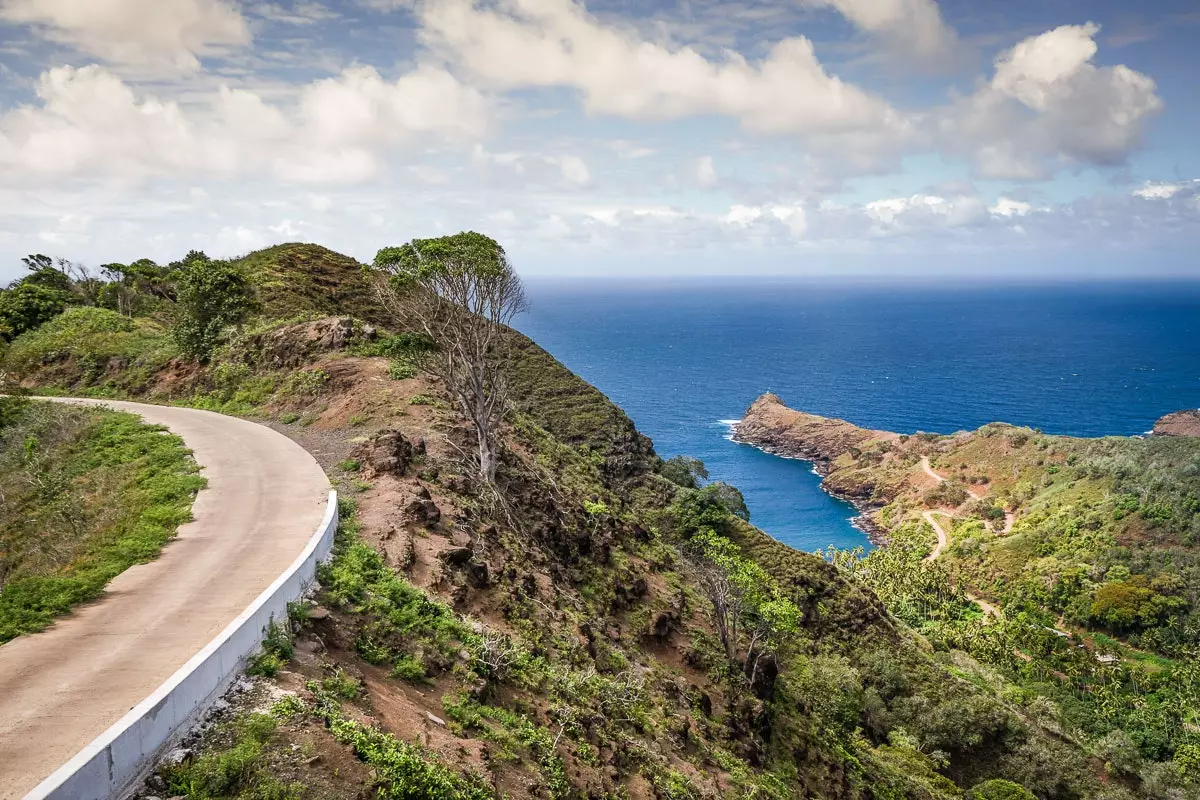
hiva oa
Is legendary union is something that perfectly defines the inhabitants of The Land of Men : a group of humans for whom preserving their culture is almost a vital mission. One of the best examples is the tattoo, an art in which the Marquesians are a planetary eminence. " your tattoo art stood out for itself," wrote Stevenson: "the exquisite workmanship, the most beautiful designs and intricate; nothing enhances a well-built man more elegantly."
Others cultural manifestations that today survive in the territory and enhance its identity are the singing and dancing or haka. The latter was used among the different warrior clans both to challenge and to welcome others. neighboring tribes , apart from for celebrations of a festive or funerary nature - it is also called haka to the dance in the Maori language of New Zealand , with which it shares that characteristic of war dance–.
Nowadays it can be witnessed quite frequently, both in events associated with tourism and in situations as unlikely as the arrival of high command of the french army to the islands , where they are received – not to say intimidated – by the young Marquesian soldiers to the thunderous beat of the pahu, the huge Marquesian drums.
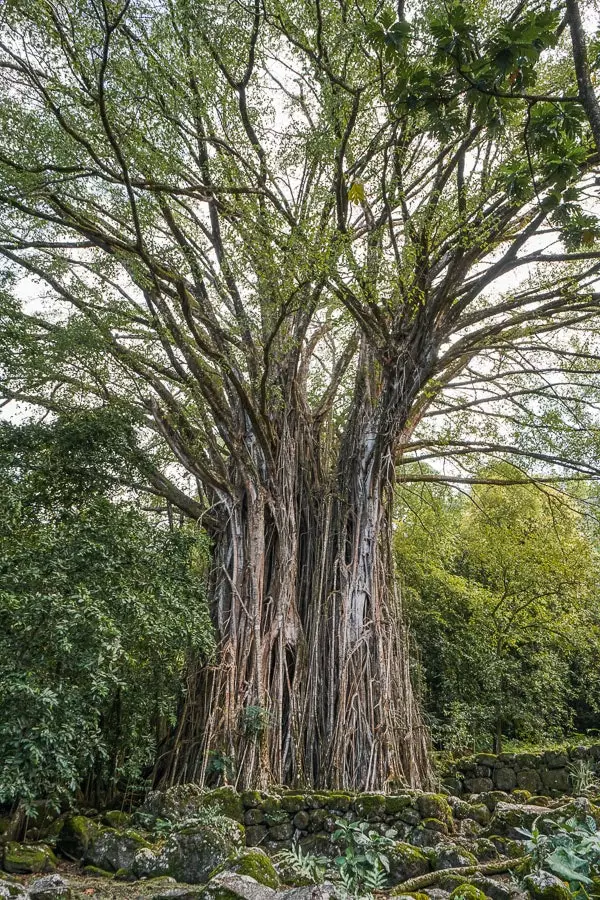
Nuku Hiva
Tattoo, dance and song are signs of Marquesian identity but, if there is a space in which Marquesian history and culture are more present, that is in their archeological sites. Scattered among the thick vegetation, multiple construction remains can be found: the mea'e or sanctuaries, reserved for sacred celebrations; the tiki , human-shaped statues dedicated to priests or tribal leaders ; or the pae pae , the spaces where the dwellings of the island inhabitants were located and that Stevenson also described in his novel:
"The paepae is an open, oblong terrace, built of the cement of black volcanic stone, some twenty to fifty feet in length, rising four to eight feet from the ground, and accessible by a wide stairway."
Although these archaeological remains can be found on all the islands, it is Hiva Oa that stands out above the rest, with such important sites as the tiki Takaii, the largest in all of French Polynesia or the so-called smiley tiki that, in reality, it does not smile, it is a way of highlighting the mouth to grant the ability of the word to the person to whom it was addressed.
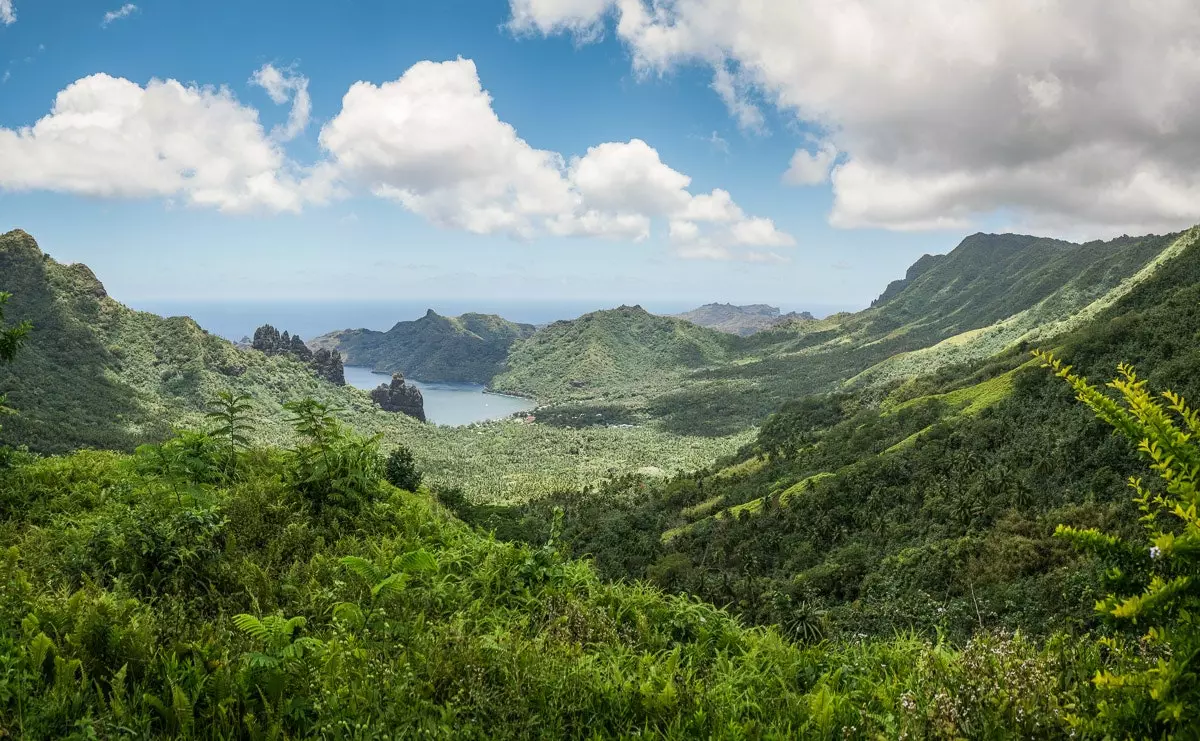
Nuku Hiva
The Marquesas remain unfairly in the background behind Bora Bora, Tahiti, Moorea or the Tuamotu atolls , islands of French Polynesia that are much more famous for their azure blue lagoons and that fit more with the message of paradise that is sold from Europe.
However, his landscapes are by far one of the most spectacular in all this immense French overseas territory – as big as more than half of Europe – and, above all, it is the place in which the Polynesian tradition is still alive despite the colonizing voracity of Western culture.
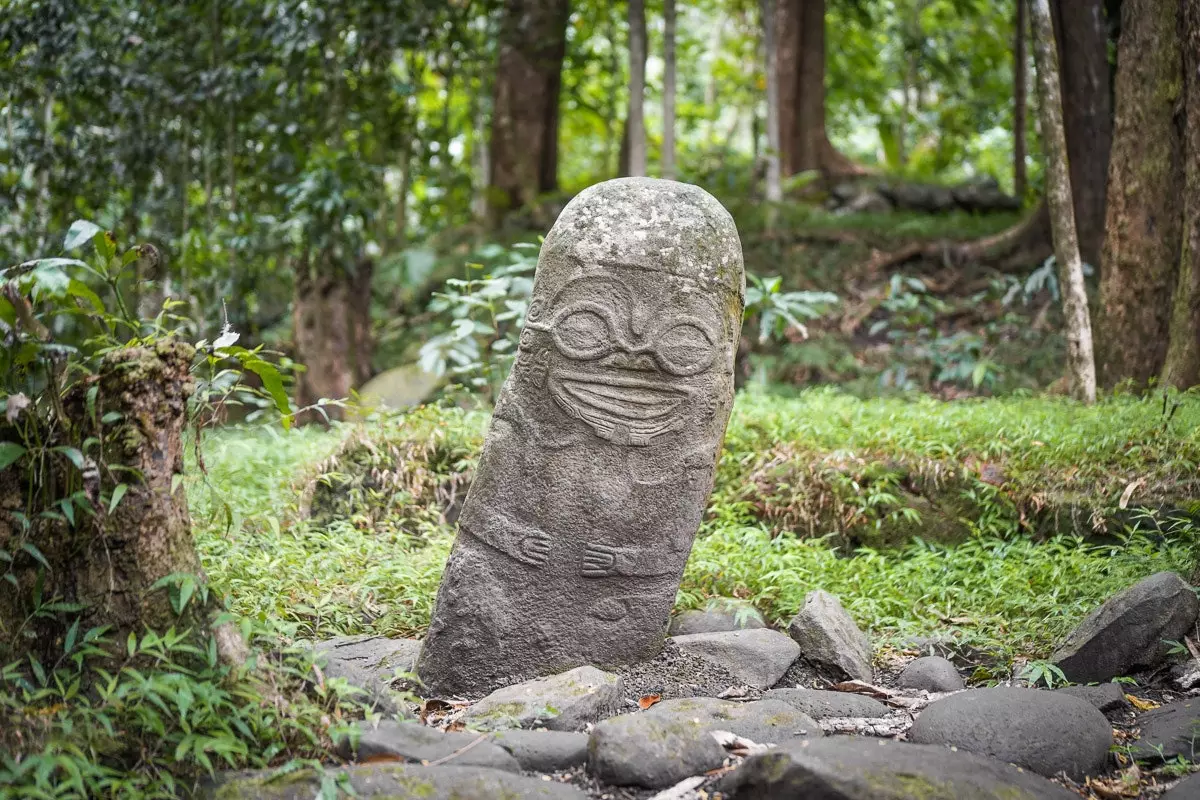
hiva oa
